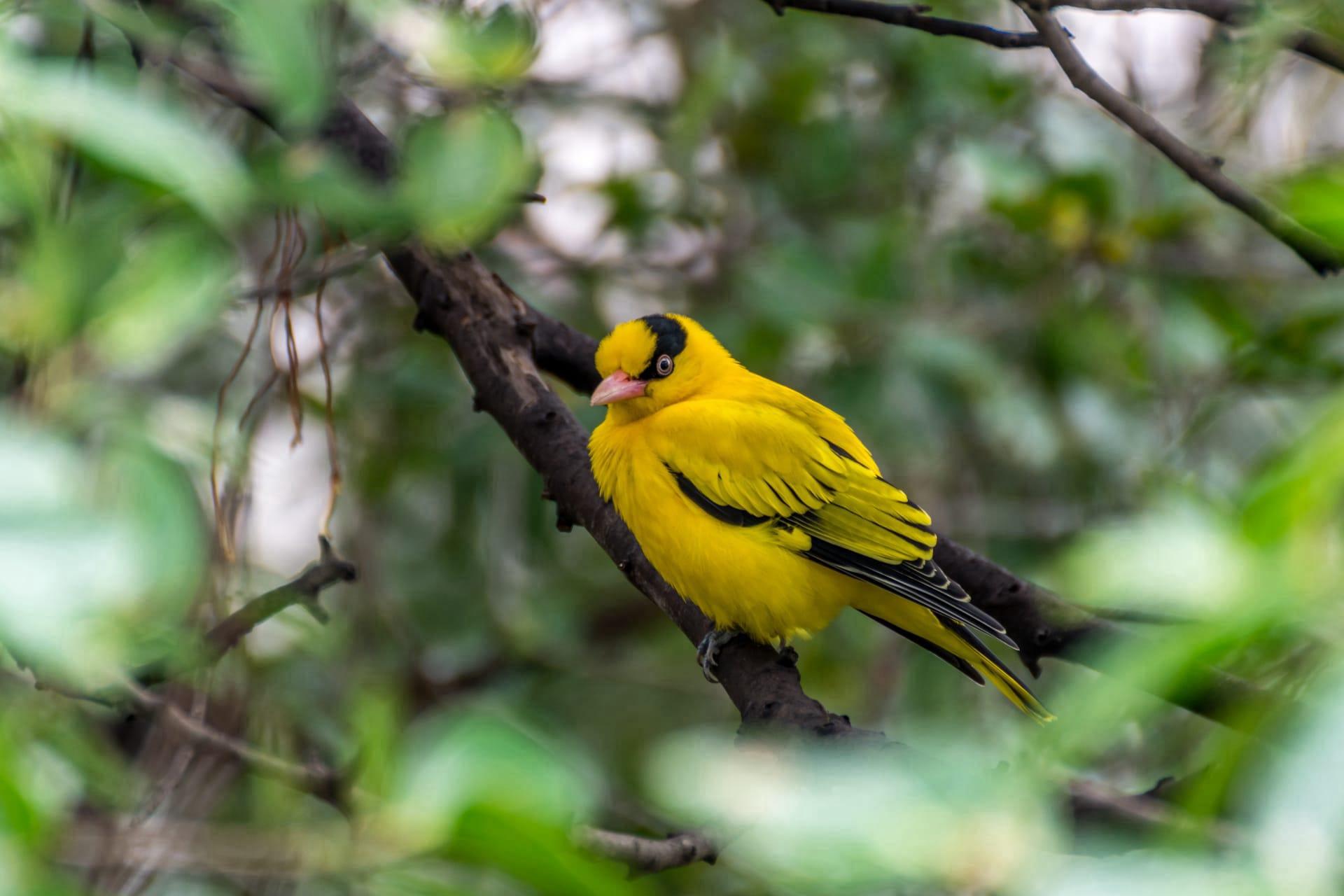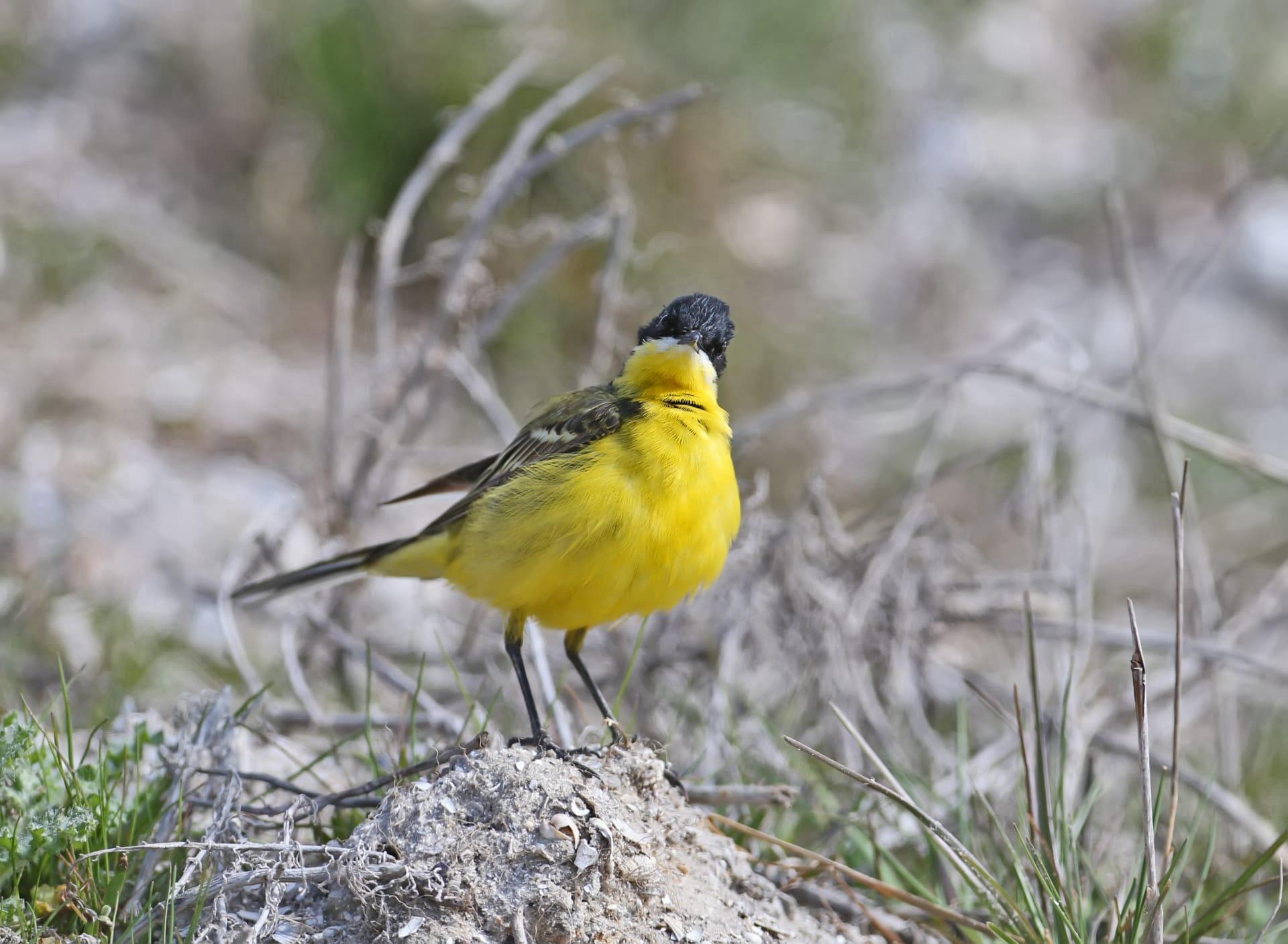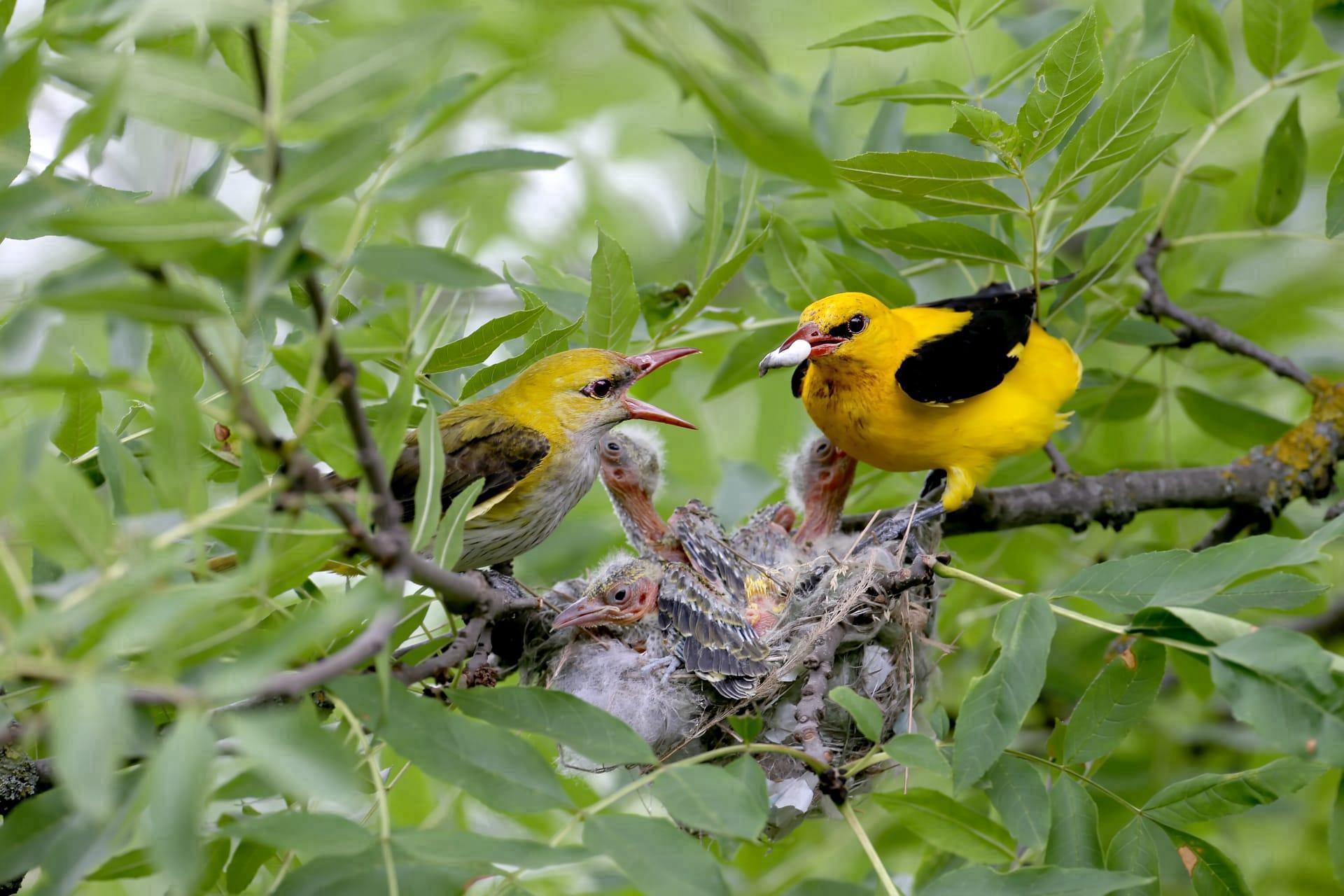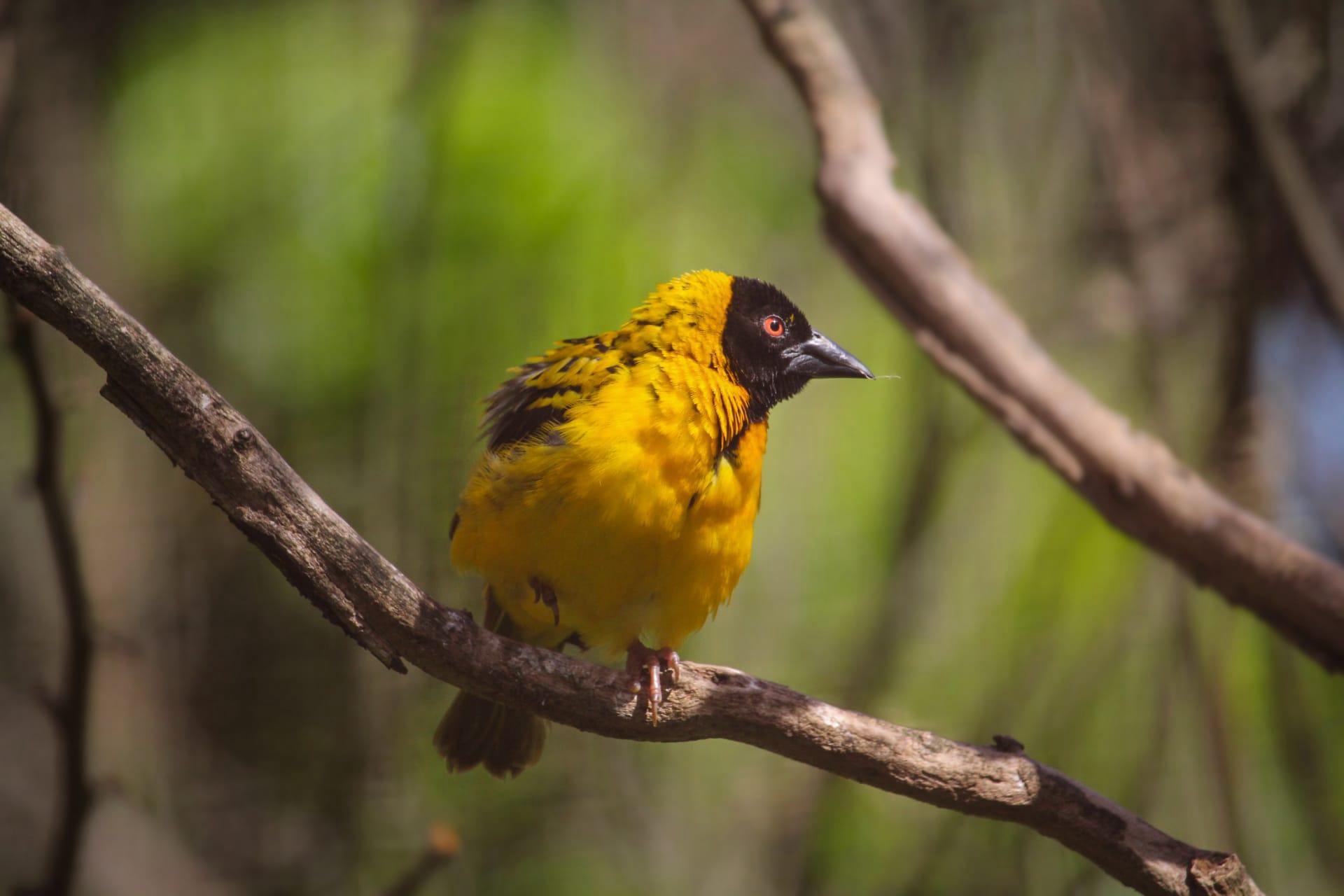Weaverbird Trivia
- Home /
- Trivia Question /
- Animal /
- Weaverbird Trivia
1
Question: What makes weaverbirds unique in their nesting habits compared to other bird species?
Answer: Weaverbirds are renowned for their extraordinary nest-building skills. Unlike many birds that build simple nests, weaverbirds create elaborate and intricately woven nests. These nests, often shaped like a sphere or a gourd, are crafted from grass and leaves, skillfully interlaced and knotted. A single nest can involve thousands of knots, taking several days to complete. This complexity not only provides shelter but also plays a role in mate attraction, with females often choosing mates based on their nest-building prowess.
Question: How do weaverbirds contribute to their ecosystem?
Answer: Weaverbirds play a significant role in their ecosystems. They control insect populations, as their diet primarily consists of insects, which helps in pest control. Furthermore, their unique nests provide habitats for other species, like some wasps and smaller birds, promoting biodiversity. Even after abandoning their nests, these structures continue to serve the ecosystem by decomposing and enriching the soil with organic material.

2
Question: Is it true that all weaverbird species build their nests in trees?
Answer: Contrary to common belief, not all weaverbirds build their nests in trees. While many species, like the Baya Weaver, prefer trees or tall bushes, some species build their nests in reeds or other low vegetation. The location and height of their nests are influenced by factors like predator threats, climate, and availability of building materials. This adaptability highlights the diversity within the species and their ability to thrive in varied environments.
Question: Do male weaverbirds build nests to attract females year-round?
Answer: Male weaverbirds build nests primarily during the breeding season, not year-round. This period varies among species and geographical locations. During this time, males become extremely active in nest building to attract females. Outside the breeding season, their focus shifts to survival activities like foraging and avoiding predators, and they do not engage in nest construction.

3
Question: How do weaverbirds interact with other bird species?
Answer: Weaverbirds have a complex relationship with other bird species. While they often share their habitat peacefully, there can be competition for food and nesting sites. Interestingly, some species of weaverbirds, like the Sociable Weaver, build large communal nests that can house hundreds of birds, including other species. These communal nests foster a unique coexistence, offering shelter and warmth to various birds, especially in harsh climates.
Question: What is the lifespan of a weaverbird in the wild?
Answer: The lifespan of a weaverbird in the wild varies among species, but on average, they live for about 5 to 7 years. Factors influencing their lifespan include predation, habitat conditions, and availability of food. In protected environments, like bird sanctuaries or zoos, they may live longer due to the absence of predators and consistent food supply.

4
Question: Can weaverbirds be found outside of Africa?
Answer: While weaverbirds are predominantly associated with Africa, some species have a wider geographical range. For instance, the Streaked Weaver is found in South Asia, and the Baya Weaver is common across the Indian subcontinent and Southeast Asia. Their presence in these regions illustrates their adaptability to different environments and climates.
Question: Are weaverbird populations under threat?
Answer: The conservation status of weaverbirds varies among species. Some, like the Madagascar Red Fody, are of least concern, while others face threats due to habitat loss, pesticide use, and climate change. For example, the Clarke's Weaver is listed as vulnerable, primarily due to habitat destruction and fragmentation. Conservation efforts are crucial to protect these unique birds and their habitats.

5
Question: What role do colors play in the lives of weaverbirds?
Answer: Color plays a vital role in the lives of weaverbirds, especially during the breeding season. Males often exhibit brighter plumage to attract females. The vibrancy of their colors can indicate health and genetic fitness, influencing female choice. Some species, like the Southern Masked Weaver, change their plumage color during the breeding season, enhancing their attractiveness to potential mates.
Question: Do weaverbirds migrate seasonally?
Answer: Weaverbird migration varies by species. Some are sedentary, staying in the same area year-round, while others are partially migratory, moving short distances in response to changes in food availability or weather. For example, the Village Weaver in West Africa migrates regionally in response to the rainy and dry seasons, seeking areas with abundant food supply.